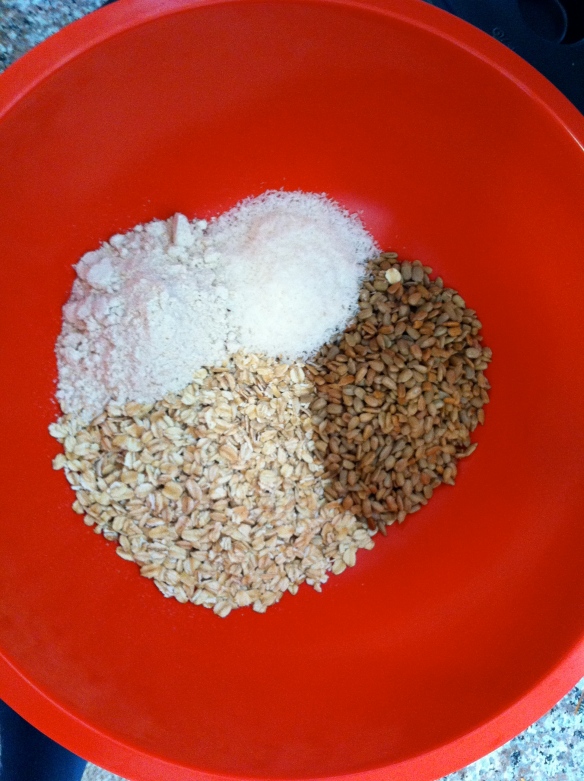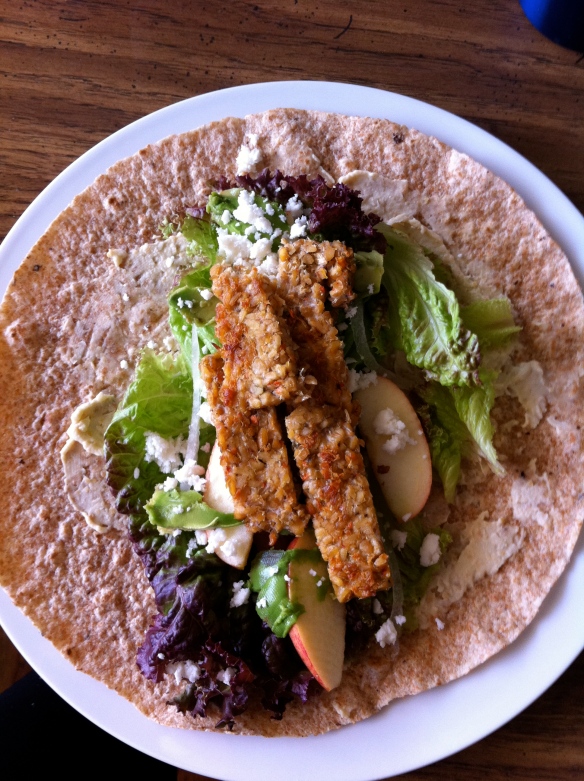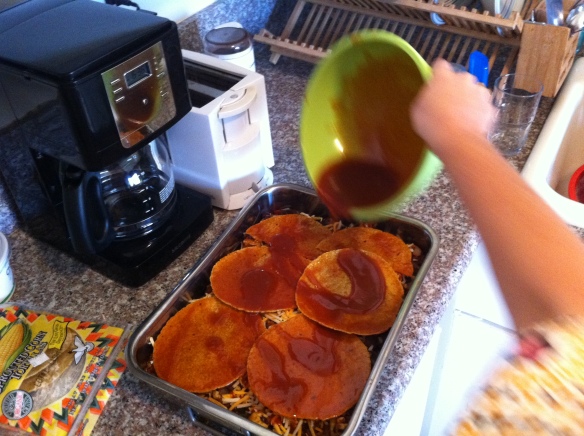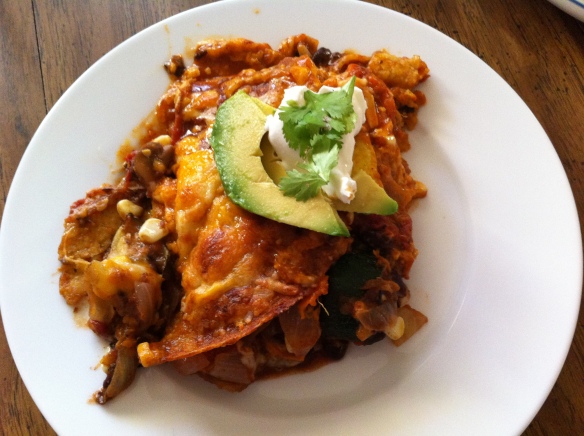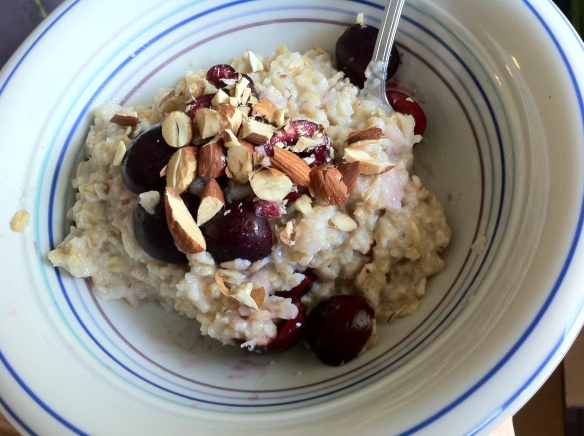Baking is becoming a part of my weekend routine. It’s not that there’s some cause I’m trying to support with a bake sale, or that I’m preparing for a life of domesticity where I keep my husband happy with cookies, or even that I’m disguising some unhealthy relationship with food by making tons of it and pawning it off on my coworkers (tell me you know these people, too!). The real reason is that I love eating cookies, cake, granola bars, muffins, you name it- but I disagree with how most people, especially food manufacturers, make them. My biggest gripes are the over-representation of refined sugar, refined carbohydrates, preservatives, and crap I can’t pronounce, and the lack of whole grains and healthy fats that can be easily integrated into treats. So instead of depriving myself the immense joy that can be obtained by eating baked goods, I make them myself. I do a little research, I spend a little (lot of?) money at Whole Foods, and I give myself some weekend time in the kitchen to insure that my week’s snacking is taken care of. A lot of the time, I don’t even consider this stuff share-worthy, because I know that most people would take one bite of what I’m calling a “cookie” and be very confused. Not that it doesn’t taste good, but most of us (myself included) are very accustomed to the nutritionless versions of these things. My plan is to wean myself slowly, so that one day eating conventional sweets will just be a junk-overload on my system and consuming them will be impossible. I’ll let you know how that turns out…
Today, I made Karen Morgan’s gluten-free cherry oat bars. They’re a lot like my chewy cherry oat bars, but way easier and with less ingredients. Mine are sweeter and something I would maybe even peddle as dessert; these are really just a granola bar. But, at least for me, they satisfy that sweet/carby craving I get after a meal. Also, I am in love with these videos- I can only find 5 of them but they’re humorously edited and the theme song is damn catchy.
Another trend in my life (because that’s why you read this, to know about trends in my life?) is OVERNIGHT OATMEAL! Caps lock very necessary. Basically, I can’t currently think of a better breakfast option than oatmeal in terms of ease, simplicity (I always have rolled oats and water, usually nutmilk, and they’re so easy to fancy up with whatever else you have on hand!) and, most importantly, nutrition; basic whole grain, very amenable to the other nutrient-rich stuff you throw in it (fruit, nuts, nut butter, flax!). I know they can be microwaved, and that even on the stovetop they don’t take very long, but I’ve stumbled upon a way to eat them that I like even better and takes even LESS time. Allow yourself to consider eating cold oatmeal for a second. Not cooked oatmeal that’s been sitting out for god-knows-how-long-but-you-eat-it-anyway, but delicious, RAW oats that have been soaking in nutritious nut milk all night, topped with other delicious goodies. And, the best part is, you do all the work at night, and literally just have to grab the tupperware out of the fridge on the way to work! I think that’s my favorite part and the root of the obsession- the 15 minutes I’ve shaved off my morning routine.
Here’s a basic how-to:
- Start with 1/4 cup rolled oats.
- Add 1/2 cup soy, almond, or hemp milk (or regular milk, I suppose- haven’t tried it).
- Stir in 1 tablespoon ground flax OR chia seeds.
- Put it all in a sealed tupperware overnight, give it a quick stir in the morning, and enjoy!
Flavor/texture ideas:
- Vanilla or almond extract
- Unsweetened applesauce
- Organic canned pumpkin
- Honey
- Nut butter (you can add this in the morning or at night)
- Fruit! Bananas especially! (add this in the morning)
- Cinammon, nutmeg, cardamom- add these with some pumpkin and you’ve got yourself pumpkin pie for breakfast!
The oats will absorb the liquid and acquire a texture not unlike cooked oats, but a little better in my opinion- less mushy, I guess. Do NOT omit the flax or chia seeds. These both absorb liquid, too (chia seeds especially- 10 times their weight!) and help “cook” the oats. They are also both omega fatty acid superstars, so you should eat them, anyway! Chia seeds turn into gelatinous little blobs, which sounds gross, but isn’t. It’s pretty cool, actually. I promise.
I don’t consider my bowl of oats complete unless it has something a bit sweet (so if I don’t add a banana, I’ll use honey in the mix at night) and some kind of nut butter. Almond is a great neutral flavor that I found works great with the pumpkin pie flavors, or with applesauce and cinnamon. Peanut butter is a stronger flavor but I know I don’t have to remind you how awesome it goes with bananas.
Give these a try before it gets too cold and you want hot oatmeal all winter! And maybe carve yourself (pumpkin joke) some time next weekend to do some healthy baking? Here are some of my favorite recipes if you need inspiration:
Trailmix Cookies from 101 Cookbooks
Doughballs from Peas and Thank You
Breakfast Bake from Edible Perspective <–(I turn these into muffins)








